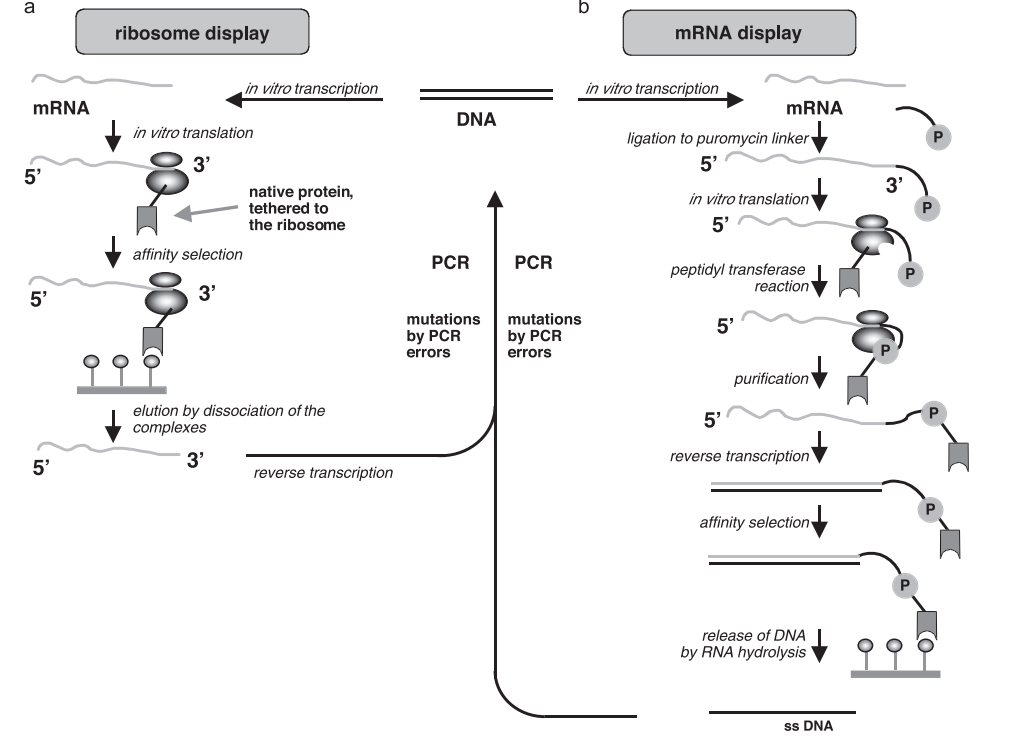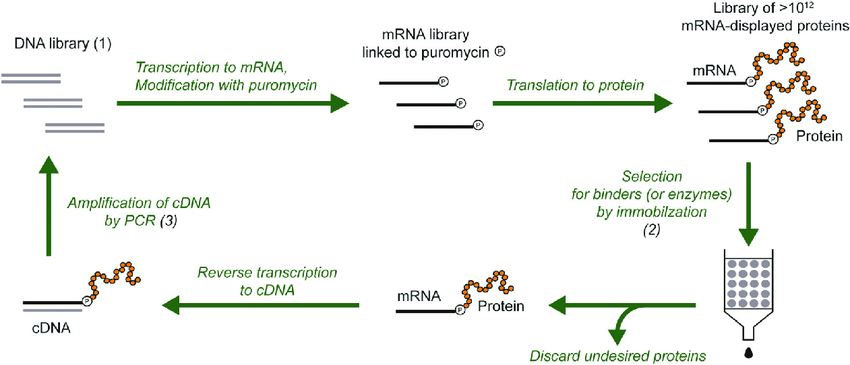Malonic acid is an important intermediate, and its derivatives have important applications in the fields of medicine, agriculture, chemical industry, and food processing. It can be expressed in Escherichia coli through β- The alanine pathway achieves biosynthesis, with a yield of 3.6 g/L. Fu Wenxuan and others followed the path of phosphoenolpyruvate/pyruvate → oxaloacetic acid → aspartic acid → β- The pathway of alanine → malonic acid semialdehyde → malonic acid has undergone a series of metabolic engineering modifications. The yield of malonic acid in a 5-L tank is 5.6 g/L, and the yield of glucose is 0.08 g/g (theoretical yield is 0.88 g/g). During the fermentation process, the yield of acetic acid exceeds 20 g/L, β- Alanine also accumulated 18 g/L, which is the main reason for the low yield of malonic acid. β- There are two main reasons for the accumulation of alanine, one is the utilization of β- Alanine pyruvate transaminase will β- The conversion of alanine to half aldehyde malonate is accompanied by the reaction of converting pyruvate to l-alanine. If l-alanine cannot be cycled to pyruvate, it will cause competition for pyruvate; The second method is to use succinic acid semialdehyde dehydrogenase to catalyze the conversion of succinic acid semialdehyde to succinic acid, which is not efficient. In addition, the significant accumulation of acetic acid indicates that the overall energy supply of the pathway is not very smooth; The effective cycle of NAD (P) H should also be considered in the design of pathways.
Malonic acid is an important organic dicarboxylic acid with application value in various fields such as chemical, pharmaceutical, and food. This article used Escherichia coli as the chassis cell and overexpressed ppc, aspC, panD, pa0132, yneI, and pyc genes, successfully constructing a recombinant strain of Escherichia coli BL21 (TPP) for malonic acid synthesis. The strain produced 0.61 g/L of malonic acid under shake flask fermentation conditions. At the level of a 5-L fermentation tank, the accumulation of malonic acid reached 3.32 g/L through intermittent feeding. This study applied fusion protein technology and fused ppc and aspC, pa0132 and yneI, respectively, to construct the engineered strain BL21 (SCR). At the shaking bottle fermentation level, the accumulation of malonic acid in this strain reached 0.83 g/L, which was 36% higher than the original strain BL21 (TPP). In a 5-L fermentation tank, the highest malonic acid production of the engineering strain BL21 (SCR) was 5.61 g/L, which was 69% higher than the original strain BL21 (TPP). This study achieved the biosynthesis of malonic acid in Escherichia coli, providing a theoretical and technical basis for constructing a cell factory for malonic acid synthesis, and also providing inspiration and guidance for the biosynthesis of other dicarboxylic acids.


Figure 2 Metabolic pathway of malonic acid synthesis Glucose: glucose; Glucose-6-P: 6-phosphate glucose; Phosphoenolpyruvate: Phosphoenolpyruvate; Pyruvate: Pyruvate; Acetyl CoA: Acetyl CoA; Citrate: citric acid; Succinic acid: Succinic acid; Fumarate: Fumarate; Oxalacetate: Oxalacetic acid; Aspartate: Aspartate; β- Alanine: β- Alanine; Malonic acid semialdehyde; Malonate: Malonic acid; PykA: Pyruvate kinase; GltA: citrate synthase; SdhC: succinate dehydrogenase; PPC: phosphoenolpyruvate carboxylase; Pyc: Acetate carboxylase; AspC: Aspartate transaminase; PanD: Aspartate- α- Decarboxylase; Pa0132: β- Alanine pyruvate transaminase; YneI: Succinate aldehyde dehydrogenase

Figure 3 SDS-PAGE validation of overexpressing key enzyme genes

Figure 4 Production of malonic acid in the supernatant of shake flask fermentation of recombinant strains

Figure 5 Liquid quality test result A of BL21 (TPP) shake flask fermentation supernatant: Malonic acid standard sample; B: Fermentation supernatant sample

Figure 6 Effect of Different Host Strains on Malonic Acid Production

Figure 7 Effect of Different Carbon Source Types on Malonic Acid Production

Figure 8: The effect of different initial sugar concentrations on the accumulation of malonic acid

Figure 9: Effect of feeding method on the accumulation of malonic acid in 5L fermentation tank

Figure 10 Effect of dissolved oxygen on the accumulation of malonic acid in a 5L fermentation tank

Figure 11 Shake flask fermentation results of BL21 (SCR) fusion protein strain

Figure 12 Fermentation results of BL21 (SCR) strain with different inoculation amounts in a 5L fermentation tank

Figure 13 Fermentation results of BL21 (SCR) strain gradient cooling in a 5L fermentation tank









